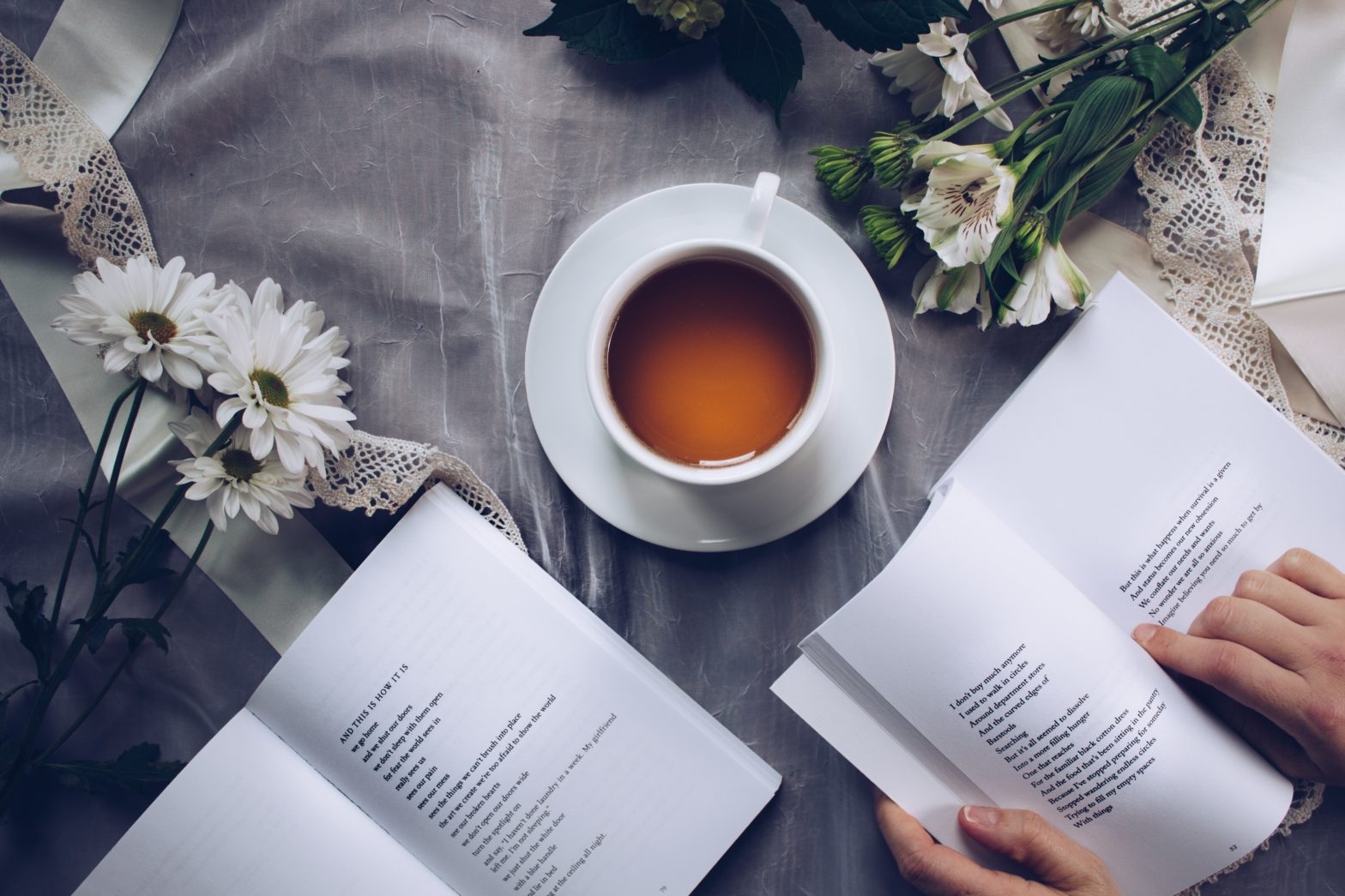The form of a poem is one of the first things readers notice about a poem. Oftentimes a poet chooses a form that fits with the message of the poem.
Below are a few types of poetry and poems that fit within this category. These may be helpful when reading Joy Harjo’s book, An American Sunrise, or any poetry you may find yourself reading!
Sonnet:
Sonnets are characterized by 14 lines, a set rhyme scheme, and iambic pentameter. This type of poetry is often associated with Shakespeare. Themes of sonnets are often love or romance, death, time, faith, or another serious topic. I wrote a sonnet once in a creative writing class. It took me a long time to write the sonnet, but the form forced me to think carefully about each line and the words I chose. This made it a better poem and more intentional than a poem without a specific structure.
Shall I Compare Thee to a Summer’s Day by William Shakespeare
Shall I compare thee to a summer’s day?
Thou art more lovely and more temperate.
Rough winds do shake the darling buds of May,
And summer’s lease hath all too short a date.
Sometime too hot the eye of heaven shines,
And often is his gold complexion dimmed;
And every fair from fair sometime declines,
By chance, or nature’s changing course, untrimmed;
But thy eternal summer shall not fade,
Nor lose possession of that fair thou ow’st,
Nor shall death brag thou wand’rest in his shade,
When in eternal lines to Time thou grow’st.
So long as men can breathe, or eyes can see,
So long lives this, and this gives life to thee.
Haiku:
Haiku originated in Japan and follows the 5/7/5 rule. This means there are five syllables in the first line, seven in the second, and five in the last line. These poems capture a brief moment in time. Because these poems are so short, they often use vibrant or colorful images and are a more simplistic example of poetry. I enjoy haikus because writers pack so much into only a few syllables. A member of the Big Read team, Karen Rowe, tends to write a haiku a day!
“The Old Pond” by Matsuo Bashō
Old pond…
a frog jumps in
water’s sound
Ghazal:
This type of poetry is written in couplets, which means each stanza has two lines. A repeated word or phrase can be found at the end of both lines in the first couplet, then in the second line of the following couplets. Poets usually place their names at the end of the final couplet as a signature. This is something I like most about this type of poetry and fits well with the typical themes of a ghazal, which are love, longing, or large questions about the world.
Excerpt from Even the Rain by Agha Shahid Ali
What will suffice for a true-love knot? Even the rain?
But he has bought grief’s lottery, bought even the rain.
“Our glosses / wanting in this world”—“Can you remember?”
Anyone!—“when we thought / the poets taught” even the rain?
After we died—That was it!—God left us in the dark.
And as we forgot the dark, we forgot even the rain…
Villanelle:
Villanelles have five tercets, which means the poem begins with five stanzas with three lines. These poems have 19 lines total and contain the repetition of rhyme and refrains. The subjects of these poems are often rustic or pastoral subjects. I have never written a villanelle, but I like the rhythm the rhyme and line lengths create. These are longer poems, but the repetition of lines causes the reader to read faster.
Excerpt from Do not go gentle into that good night by Dylan Thomas
Do not go gentle into that good night,
Old age should burn and rave at close of day;
Rage, rage against the dying of the light.
Though wise men at their end know dark is right,
Because their words had forked no lightning they
Do not go gentle into that good night.
Good men, the last wave by, crying how bright
Their frail deeds might have danced in a green bay,
Rage, rage against the dying of the light…
Check out more types of poems here. Sometimes poems do not even have forms, known as a free verse poem. Comment below with your favorite type of poetry or poem!!



